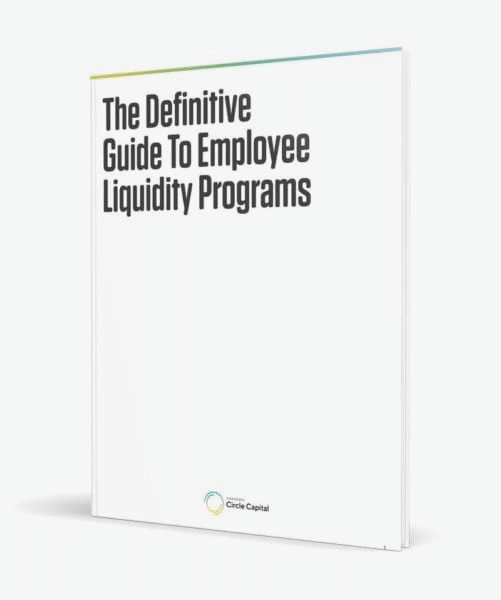Step 4
409A Valuation
According to Morgan Stanley At Work, the market leader in 409A valuations, a company’s score on the 10 variables charted below helps determine the impact of an employee liquidity program on the company’s 409A valuation. Will a given move, like a broker purchasing the employee liquidity plan shares or the company, result in a “lower” or “higher” impact on the 409A?
A particular decision might have a bigger or smaller impact on the 409A valuation. A few of these variables have been plotted in the illustration above and the ones below.
These illustrations provide only directional guidance. Plotting a company’s position on all 10 variables is like handling a Rubik’s Cube; each turn can have a small or large effect on the 409A valuation. That’s part of why 409A calculations should be done by experts rather than company employees.
In these illustrations, the issue of whether a buyer is an outsider or an insider is very subtle. Generally, the sales price in a transaction in which the buyer is an insider has a larger impact on the 409A valuation, given the buyer’s access to material non-public information.
To properly analyze their company’s individual matrix of 409A influencers, companies considering employee liquidity programs should hire qualified counsel. The American Institute of CPAs and the Equity Securities Task Force have developed a Practice Aid that provides “patterns of trades” guidelines for weighting the impact of an employee liquidity program on a company’s 409A valuation. It guides 409A auditors along three broad levels:
Level 1: absolute data + corroborative market evidence = fair market 409A value impact
Level 2: observable data (not directly applicable) = minimal 409A value impact
Level 3: unobservable data (can’t be corroborated) = maintain 409A value
Level 1 is the significant threshold of interest to company management. A company might expect to have crossed the Level 1 threshold (where the 409A would likely be marked up to fair-market value) if an employee liquidity program is deemed as:
- Organized in an orderly manner by the company
- Priced and led by current preferred investors who have full access to company information to conduct robust due diligence
- Part of a recurring program of consistently priced employee tender offers
Most employee liquidity transactions aren’t big enough or frequent enough to reach the Level 1 threshold.








